Top Maintenance Tips for EXO Sondes
So you just bought an EXO and are so excited about getting it out to the field to start collecting data. You gleam with joy at how shiny the titanium sensors are and after you power it up, you watch the lights flicker (don’t actually look at the fDOM or NitraLED sensor lights, please) and know that you are soon going to be telling the story of your chosen body of water.
But then you stop and think, “How do I protect my investment so that it lasts as long as possible?”
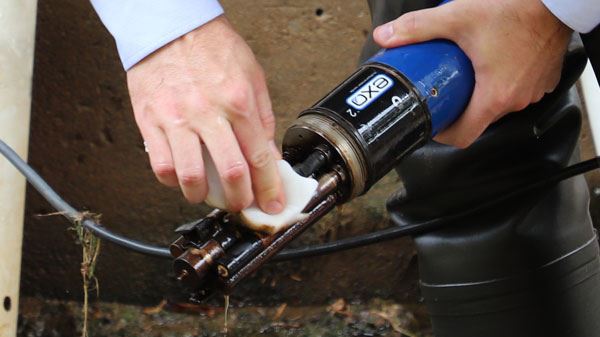
YSI’s Repair and Technical Support specialists have some advice on how to get the most out of your equipment for as long as possible.
Routine Field Maintenance
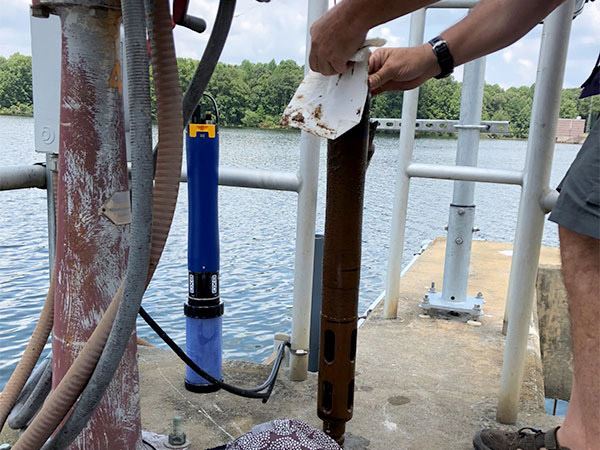
How Often Should I Clean My EXO Sonde?
We’re often asked about the recommended interval for cleaning EXO sondes and sensors. There is no right or wrong answer – it is entirely site-dependent. There are sites that may only need to be visited quarterly for cleaning because they are pristine streams. On the other hand, there are sites that may need to be checked monthly and cleaned after every storm event because of the amount of sediment and debris that is transported and deposited on the sonde.
When you purchase a new piece of equipment, we recommend that you check it weekly or every other week for the first couple of months to see simply how clean the equipment is. If the equipment seems to stay relatively clean, extend the duration between visits.
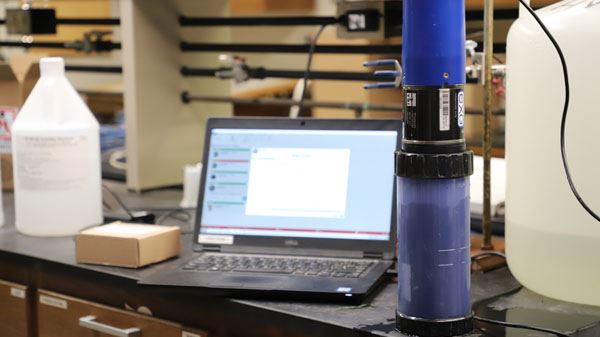
How Often Should I Calibrate My EXO Sonde?
The other common question we receive is “how often should I calibrate?” The answer here is the same – it depends. Some applications and deployments will require more frequent calibrations, while others may be able to remain steady for longer durations.
We recommend that you start by performing a calibration check every month. If, after 6 months of monthly calibration checks, you notice that there is no significant drift between your deployments, you may be able to extend your calibration checks to once every other month or even quarterly.
We do not suggest that you extend calibration intervals past a quarterly interval because it is important to service the sonde and sensors periodically to get a long lifetime of high-quality data. YSI does not provide a Standard Operating Procedure (SOP) that dictates at what value sensors should be calibrated.
Cleaning Procedures
During every cleaning visit (whether it is weekly, monthly, or quarterly), it is important to clean all of the sensors, which includes removing them and cleaning in between them. There are a wide variety of products that can be used for cleaning the sonde and sensors – lint-free cloths, sponges, brushes, soap and water, Mr. Clean Magic Eraser, Simple Green all-purpose cleaner, scraping tools for heavy growth like barnacles, and more. Each individual sensor and the sonde and cables have a recommended cleaning procedure that can be found in the EXO User Manual.
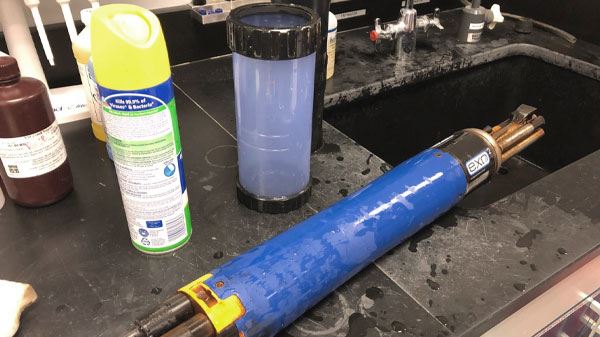
Is your sonde dirty like this or worse? Use soap and water, cloths, sponges, brushes, and more to clean it up for the next deployment.
We recommend that when you remove the sensors from the EXO bulkhead, you carefully inspect the o-ring and regrease the o-ring using Krytox lubricant before reinstallation. You should apply the Krytox grease by using your finger instead of a cotton applicator or anything else because you will be able to feel for any degradation of the o-ring.
By ensuring that there are no nicks, cuts, or bumps on the o-ring, you have verified that there is no path for sediment to get into the connector. The o-ring can also stretch out over time which can cause it to pinch in the bulkhead when the sensor is reinstalled. If this happens, it is important to replace the o-ring immediately.
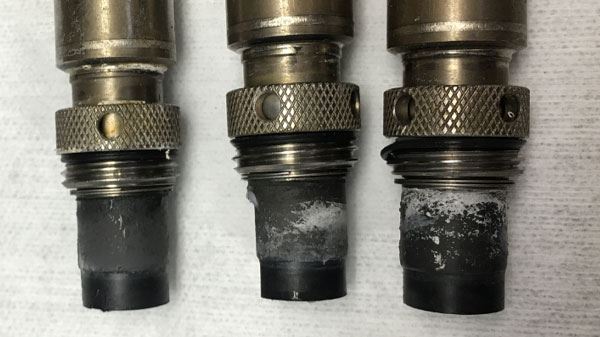
Be sure to inspect o-rings and wet-mate connectors periodically and remove old Krytox lubricant and debris.
All wet-mate connectors should also be re-lubricated with Krytox lubricant periodically as well, but make sure to remove any old Krytox lubricant and debris first. Use soap and water to remove the old lubricant and use isopropyl alcohol to clean the ports and connectors, allowing the alcohol to dry before greasing the connectors again.
The wet-mate connectors need to stay moist so that the rubber does not peel away from the metal part of the connectors themselves, which would lead to the ability for moisture to access the pins causing corrosion and sensor or sonde failure. This is especially important in brackish and saltwater environments where the conditions can dry out the rubber in the connectors more quickly.
Don’t forget to clean and lubricate the wet mate sensors on the connections you are not using!! The port plugs and connection caps should also be lubricated periodically for the aforementioned reasons.
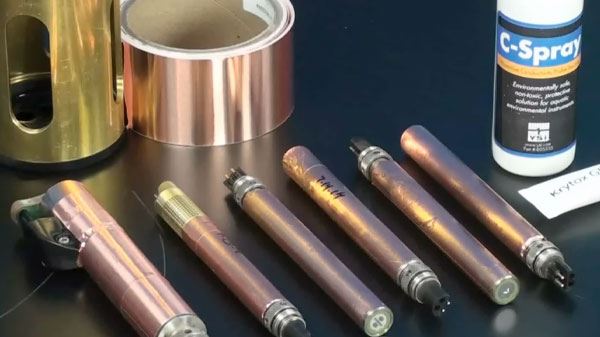
Antifouling components like C-Spray and copper tape can lengthen your deployment time and also shorten the time needed for cleaning.
To make cleaning easier, YSI also offers anti-fouling sleeves to cover the sonde and sensors. These are heat-shrink sleeves that can be slid over the sonde and sensors and then using a heat gun or hairdryer, can be affixed in place. These sleeves can then be easily cut off after a deployment using a razor blade. These sleeves also make it easier to affix duct tape or copper tape to the sonde and sensors for additional anti-fouling protection.
Learn more in this on-demand webinar.
How Antifouling Works
Field Replaceable Items
In addition to the o-rings, some portions of our equipment are field replaceable and should be replaced on around an annual basis:
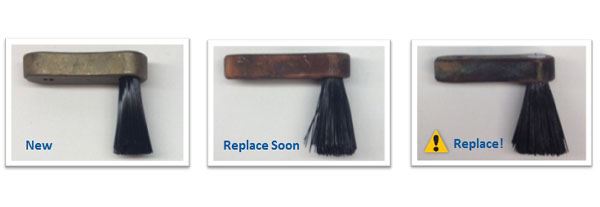
The Central Wiper brush should be cleaned out during every site visit by using water and a comb or brush to get any sediment out. If the bristles start to become frayed and stay that way after cleaning, the brush should be replaced. (Learn more, watch EXO Wiped Conductivity and Temperature Sensor video).
It is possible to get additional life out of the wiper brush before replacement. After cleaning the brush thoroughly, wrap a twist tie or small rubber band around the bristles to force them back to their original shape, and then carefully soak the brush in very hot water. Remove the brush from the water and allow the brush to dry prior to removing the clasping device. This will help the bristles return to their normal form.
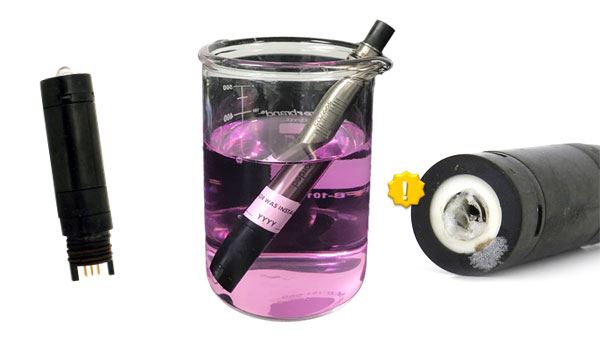
The pH, pH/ORP, and ISE sensors have a module on the end that is field replaceable. Depending on conditions, the pH or pH/ORP module should last anywhere from 12-18 months, and the other ISE modules should last about 3-6 months, so it is important to maintain a record of when the sensor module was last installed. When the SmartQC feature of the software returns a yellow score, it is time to order a new sensor module for replacement on the next visit.
With the pH and pH/ORP sensors, in particular, there is a three-step cleaning process in the EXO Manual that involves soaking in a dishwashing soap solution, hydrochloric acid solution, and then chlorine bleach solution. Following that procedure will clear all contamination from the sensing elements that tend to slow the sensor's response time. It is important to follow the steps outlined in the manual since the bulbs are fragile and can break if too much force is used.
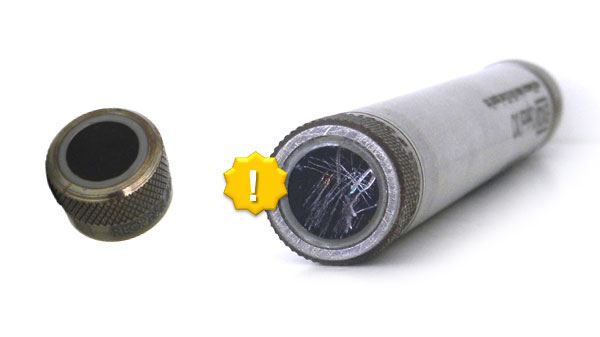
The EXO optical dissolved oxygen sensor has a replaceable membrane cap. This sensor cap should last over a year but depending on your SOP, you may want to replace this annually as well. Occasionally, if the site you are working in is composed of sand, the abrasiveness of the sand will wear away the paint layer covering the window and then it may need to be replaced earlier than anticipated. The sensor membrane cap replacement comes with a new set of coefficients that needs to be programmed into the sonde after it is installed in order for it to work properly. If this information is lost, simply contact our tech support team to have a copy emailed to you.
Routine Maintenance to be Performed by YSI
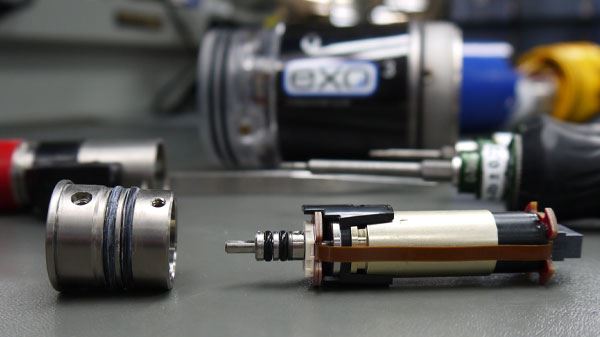
At the bare minimum, the Central Wiper needs to be serviced by YSI on an annual basis. Servicing the Central Wiper ensures that the seals inside the wiper are replaced so that no water intrusion can occur. The Central Wiper is the only sensor on the EXO where water intrusion could happen because of the spinning shaft, so it is important to maintain this sensor to keep quality continuous data.
Our YSI Repair team has a recommended annual check-up that includes preventative maintenance that optimizes the performance and lifetime of the EXO sonde. This check-up includes the following detailed services:
- Equipment cleaning
- Replacement and lubrication of all sonde o-rings, seals, and sealing surfaces
- Circuit board testing and firmware update
- Evaluation of the sonde and sensors
- Calibration of sensors with Kor Calibration Reports
- Central Wiper seal replacement
- Wiper rotation check
- Power draw check
- Data logging test
- Pressure test checks leak resistance up to 250m simulated depth
YSI offers Factory Service Plans as well, which covers sondes, cables, handhelds, sensors, and the Central Wiper. Contact your regional sales representative within 60 days of purchase of the sonde for additional information on our Factory Service Plans. The Factory Service Plans provide all of the above check-up maintenance along with the added benefit of:
- ODO cap replacement with 1-year warranty
- pH or pH/ORP module replacement with 1-year warranty
- Central Wiper brush
- Priority treatment with fast turn-around times for unexpected repair needs
- Free return shipping
To send equipment to YSI for any type of factory service, you will first need to download the YSI Product Return Form and fill out the required fields. Make sure that you include this form (and a copy of the Factory Service Plan certificate, if one was purchased) when you ship your equipment either to our headquarters in Yellow Springs, Ohio, or to one of our authorized service centers. If you sent your equipment directly to us at YSI, you can check the status of your repair at any time. We also recycle any and all items we can if something is no longer viable for the equipment.
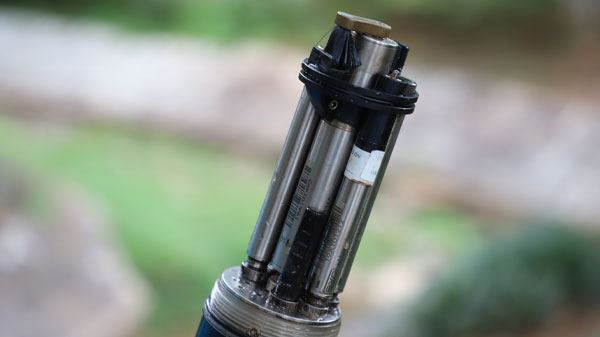
By following the recommended procedures in the field and returning your products to us for maintenance periodically, you should expect your EXO Sonde and sensors to last a long time (think of all the data!!). If your equipment is not maintained properly, replacements to equipment will need to be made, from the sonde body ($) to the bulkhead ($$$), and data will also be missing while the equipment is in for repair (priceless).
So the question comes down to what is your data worth? A little time and elbow grease in the field go a long way!
For more tips from our experts, be sure to watch our on-demand webinar.
Gearing Up for Fieldwork
For additional assistance with determining how to best maintain your sonde over its lifetime, please reach out to our technical support team at info@ysi.com. If you have any tips or tricks on how you keep your sondes lasting as long as possible, please share them with us on our Facebook, LinkedIn, Instagram, or Twitter!
